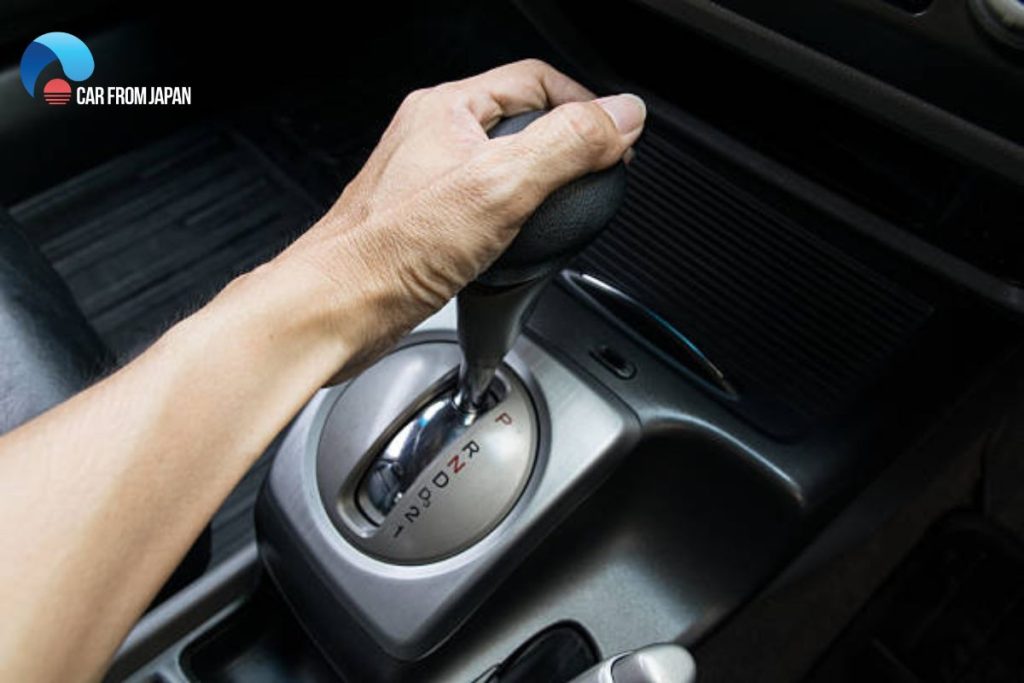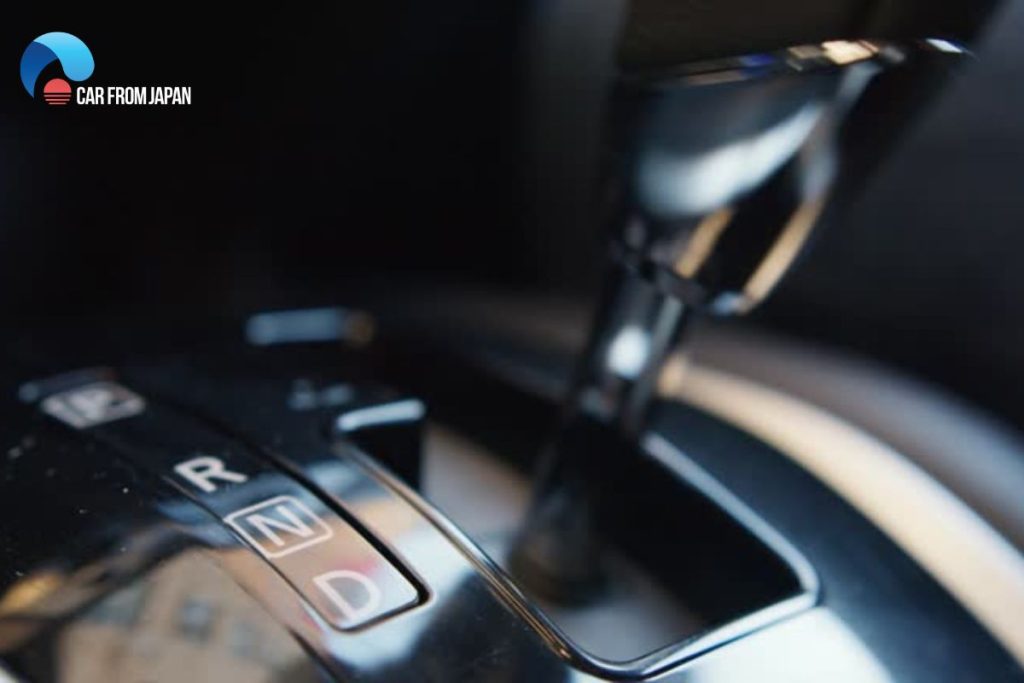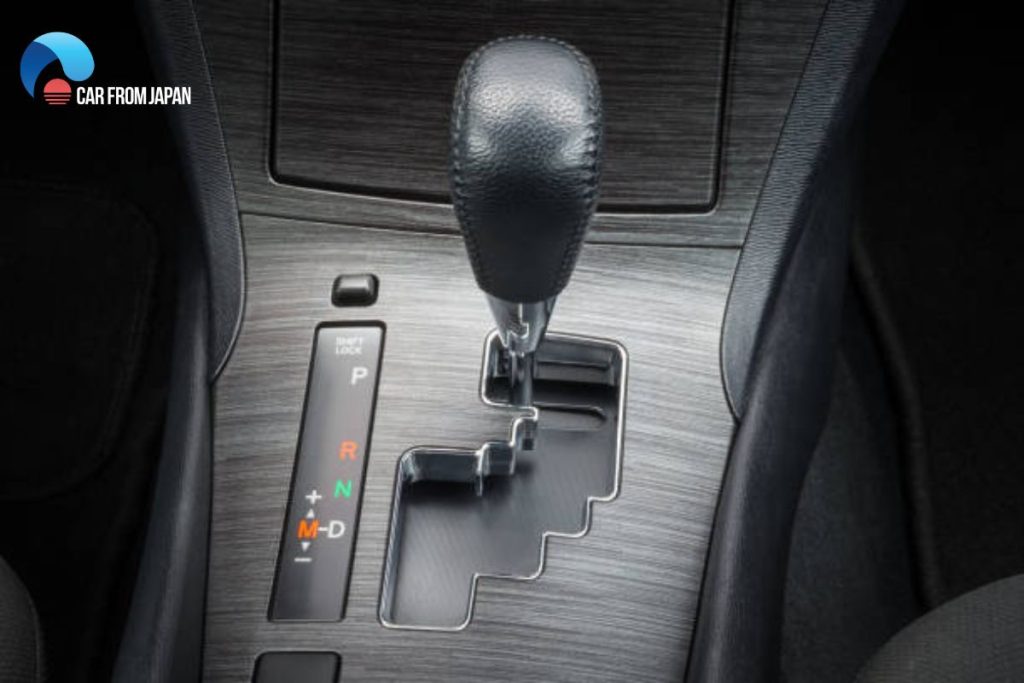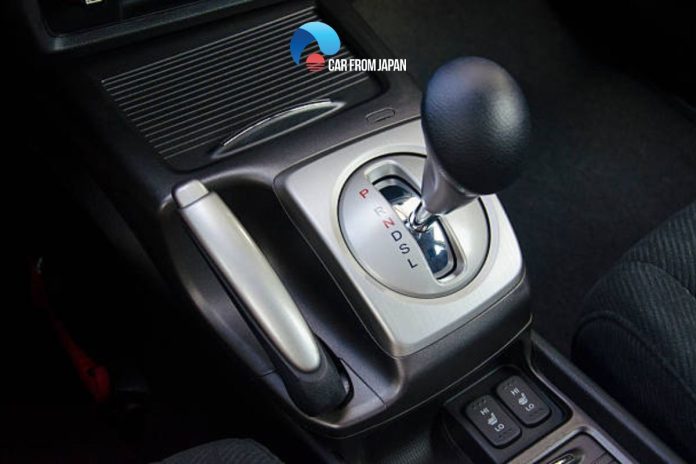You might think an automatic transmission is an automatic transmission—end of story. But that’s not really the case anymore. Modern cars use all sorts of different “gearboxes,” and they each have their own quirks. In this article, we’ll explain some automatic transmission types like CVTs and dual-clutch transmissions, and why they’re so popular in today’s cars.
Automatic Transmission Types Explained
A Canadian inventor named Alfred Horner Munro first patented the concept of the auto gearbox and he utilized compressed air for the change of gears.
American inventor Oscar H. Banker developed the concept and invented the first practical auto transmission. The automobile giant General Motors introduced the first modern and mass-produced self-shifting gear called Hydramatic in 1940.
The automatic transmission types is available in several versions depending on the make and model of a vehicle.
Traditional automatic transmission
Mostly known as a torque converter automatic, this is the standard type of automatic transmission to be found in most cars these days. Unlike a manual gearbox, it does not use a clutch to change gears.
Instead, a hydraulic fluid coupling or a torque converter does this job. It connects to the Electronic Control Unit of the engine and allows for precise control of the vehicle.
Automatic cars perform smoothly, but the shifting of the gears is not quick all the time, earning them the name ‘slushbox’.

The impression has been changing, though, thanks to some brilliant transmission models such as the ZF 8-speed, which you will find in many performance cars ranging from Jaguars to BMWs.
Automated-manual transmission (AMT)
Also known as semi-automatic transmission (SAT) and several other names, this automatic transmission type utilizes a regular clutch and gear setup but automates the action by the use of sensors, actuators, processors, and pneumatics.
The cars featuring this transmission provide better performance on highways. They are not recommended for city driving because the engines feel jerky under hard acceleration.
Continuously variable transmission (CVT)
These gearboxes use either belts of pulleys, instead of steel gears found in traditional auto transmission, for changing the gears. It allows seamless gear shifting with a wide range of ratios and facilitates the engine to spin at the maximum RPM (speed).
Two more types of CVT are there. The Hydrostatic CVT uses hydrostatic motors and variable-displacement pumps for transferring power to the engine.
On the other hand, the Toroidal CVTs use discs and power rollers for this purpose.
The transmission allows the engine to operate at the maximum efficiency with seamless acceleration. It is good for fuel economy, and the repair and maintenance are not expensive.
However, the engine creates much noise under acceleration and load. Plenty of models use this gearbox, and some of the crowd favorites are Chevrolet Spark, Ford C-Max, Nissan Sentra, and more.
Dual-clutch transmission (DCT)
It is a hybrid of automatic and manual transmission. There is no torque converter in DCT.
You will use two separate shafts for gear changing, one for odd-numbered gears and another for even-numbered gears. Both the shafts have their own clutch.
You can shift to a higher or lower gear in a fraction of a second, and the transformation from automatic to manual is also seamless.
However, the DCT gearboxes can’t escape the complaints of noisy clutches, a scratching sound, and rough shifts.
DSG (Direct shift gearbox)

It is almost similar to the DCT but without its annoying problems. It uses two clutches instead of a torque converter, and its mechanism works by simply disengaging one clutch and engaging the other second one for changing the gears.
This transmission offers faster gear shifting and smoother pulling away than the traditional models.
Modern DSG units provide better fuel efficiency than even the manual gearboxes. The DCT is a dry transmission that does not need the driver to change the gearbox fluid ever.
It leaves the clutches dry and wears out their frictional quality eventually. The results are abrupt shifts, slow responses to gear shifting, and jerky transmission.
On the other hand, DGS is a wet transmission that keeps the clutches lubricated. The result is a decade-long service with lighting gear-changing performance.
However, you have to change the fluid regularly (every 40k miles), which could be costly.
Many automobile manufacturers, such as Skoda, VW, Porsche, and Audi, use this model in their cars but under different names. For example, Porsche calls it PDK gearboxes, while the name changes to DSG S-Tronic units for Audi models.
Tiptronic transmission
Tiptronic transmission is among automatic transmission types that function just like a manual gearbox.

However, it’s different from manual operation in the sense that it uses a torque converter in place of a clutch pedal, has the option for auto shifting, and does not let the driver have full control over the vehicle.
What is unique about this unit is it has the option to override the automatic mode.
It means that you can drive your car in automatic, along with being able to switch into manual mode when required, such as going up a hill or going downward in a steep road.
The cars using this unit have an inbuilt safety feature so that any driver error does not result in the damage to the gearbox. Several manufacturers use this type of automatic transmission, but it was first seen in the Porsche 911 (in 1990) and then adopted by BMW and Chrysler.
FAQs on Automatic Transmission Types
Which type of automatic transmission is best for city driving?
A CVT gearbox is arguably the finest for city driving. The TCU of a CVT keeps the engine in its sweet spot since it has an endless number of gear ratios, making this gearbox one of the most efficient.
These are smooth since there are no actual gears to shift.
Is an AMT or CVT superior?
The CVT engine is always run at a favorable speed that maximizes engine efficiency, but the AMT engine is not always run at a speed that maximizes efficiency.
In addition, there is a loss of driving power during the gear shifting time in AMT, which leads to an uncomfortable driving experience.
Which type of automatic transmission is most common?
Hydraulic Automatic Transmission
The hydraulic automatic gearbox is the most prevalent form of automatic transmission, and it employs a planetary gearset, hydraulic controls, and a torque converter.
Which automatic transmission uses the least amount of fuel?
AMT, or Automated Manual gearbox, is noted for being more inexpensive and fuel-efficient than any other automated gearbox technology.
What is the most efficient mode of transmission?
CVTs are gearboxes without gears. Instead, a belt and pulley mechanism is used to shift the gears in this arrangement. This gearbox type is gaining popularity due to its excellent fuel efficiency and performance.
Conclusion
So, there you have it. The next time you’re looking at a car’s specs, you’ll know that an “automatic” isn’t just one thing. Understanding the difference between a CVT, a dual-clutch, and a traditional automatic can help you make a smarter choice and find a car that feels just right for you. It’s all about finding the right fit for your driving style and needs.




It is really simple and informative article I enjoyed while reading it. Thank you so much for updating my knowledge I was looking for it on the net I found your article it is really short and sweet.
Your Comment I Gabriel really appreciate this forum very much because it expands my knowledge as per the motor vehicle gearboxes are designed .
Very neatly explained about the different transmission types used in today’s automobiles. I am planning to buy car and doesn’t have clear distinction between different transmission types.I have decided to opt AMT with my budget, Thanks
It’s really a very good explanations on various types of AT. It is quite easy to understand and impressed me too. Thank you very much .
Thank you for simplyfying the different types of transmission in use today.
I would like to understand the lubricants requirements for each type of transmission; in particular: can a CVT fluid be used in a DSG transmission?
Ranjith
Very good article on types of automatic transmissions.
Very good and clear information of the article. But how do i know my car using which auto transmissions?
Can you tell me?
Model : Nissan Presage
Thank You
Regards
What type of auto gearbox would be fitted to our my17 Kia Cerato s+?